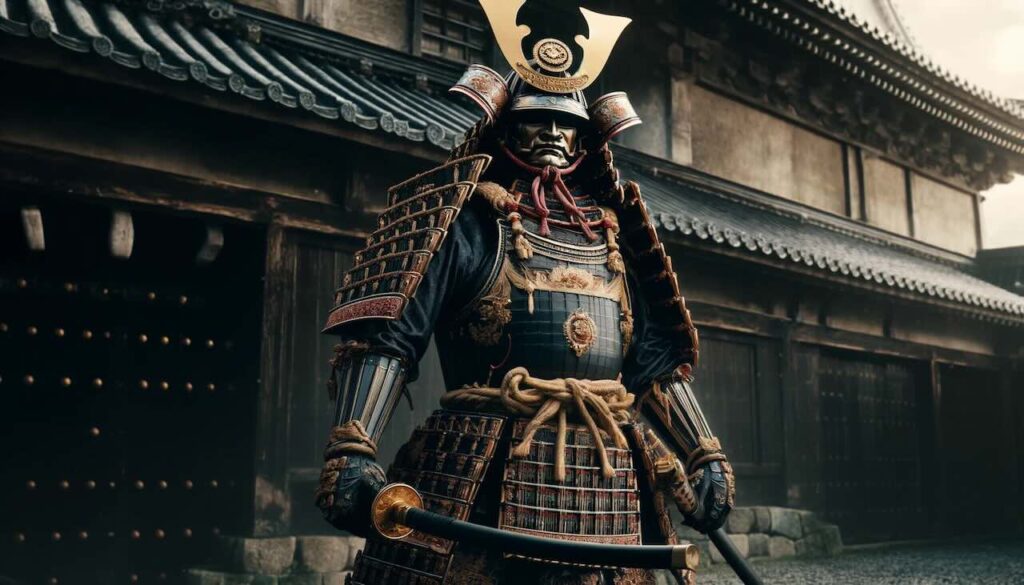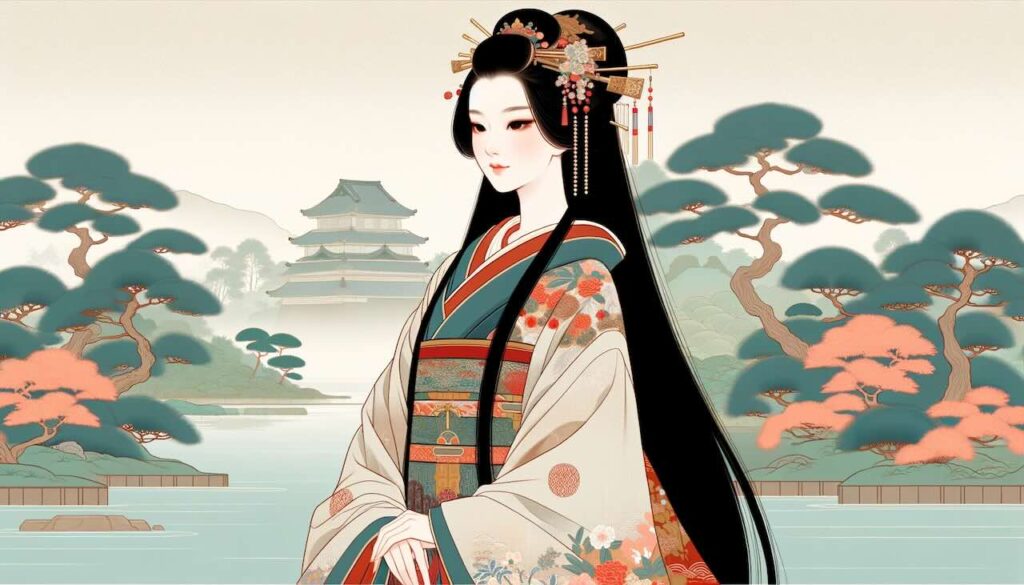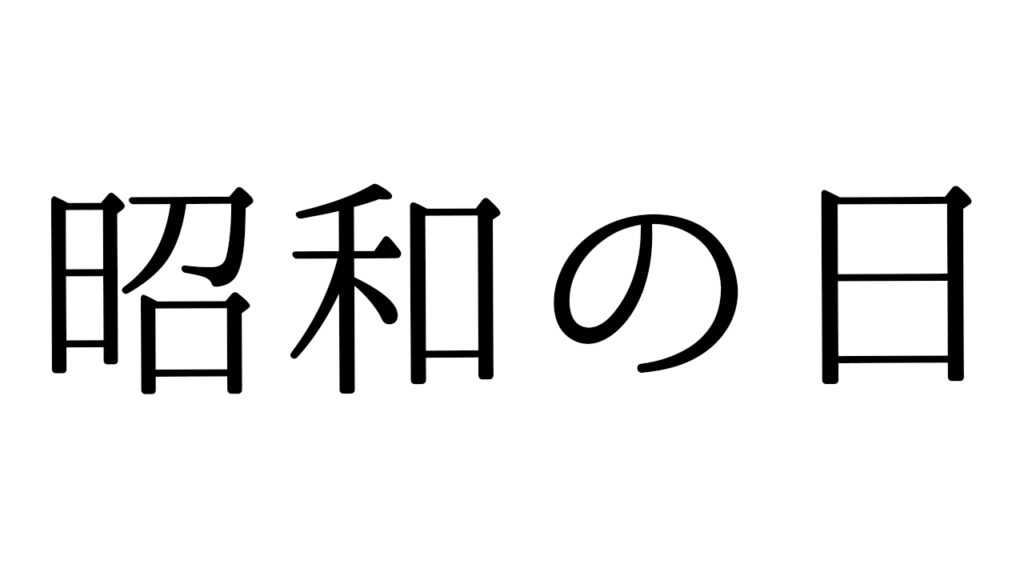For much of Japanese history, real political power rested not with the emperor but with the shogun — the supreme military commander who ruled in the emperor’s name. From the rise of the first shogunate in the 12th century to the fall of the Tokugawa shogunate in the 19th century, Japan was governed by a succession of powerful shoguns who shaped its politics, economy, and culture for nearly 700 years.
In this guide, we explore Japan’s three major shogunates, their most important leaders, and their lasting legacies.
What Is a Shogun?
The term shogun (将軍) originally referred to a military title meaning “Generalissimo” or “Commander-in-Chief.” Over time, it evolved into a hereditary position of military and political leadership:
- The emperor remained Japan’s symbolic ruler.
- The shogun held actual governing authority, controlling samurai, land, and military affairs.
- Shogunal power was enforced through a complex system of vassals, feudal lords (daimyo), and samurai retainers.
Now let’s explore how this system unfolded across Japan’s major historical periods.
1. Kamakura Shogunate (1192–1333): The Rise of the Samurai Government
The Kamakura period marked the first time military rule formally replaced aristocratic governance in Japan.
Minamoto no Yoritomo (r. 1192–1199)
- The first shogun and founder of the Kamakura shogunate.
- Unified Japan under military rule after defeating rival clans in the Genpei War.
- Established the feudal lord-vassal system that became central to samurai society.
Minamoto no Yoriie (r. 1202–1203)
- Yoritomo’s son and second shogun.
- His brief reign ended with political struggles and his eventual assassination.
Minamoto no Sanetomo (r. 1203–1219)
- The third and final Minamoto shogun.
- Known more for his literary achievements, including waka poetry, than military leadership.
- Assassinated by his own nephew, ending the Minamoto line of shoguns.
After Sanetomo’s death, real power shifted to the Hōjō regents, who ruled as de facto leaders while maintaining the shogunate structure.
2. Muromachi Shogunate (1338–1573): The Ashikaga Era of Artistic Flourishing and Civil War
Founded by the Ashikaga clan, the Muromachi period saw both cultural prosperity and political instability.
Ashikaga Takauji (r. 1338–1358)
- First Ashikaga shogun.
- Established the Muromachi shogunate after siding with Emperor Go-Daigo, then later breaking with imperial authority.
- His rule marked the start of Japan’s Nanboku-chō period (Northern and Southern Courts).
Ashikaga Yoshimitsu (r. 1368–1394)
- The third shogun and a master diplomat.
- Reunified the Northern and Southern Courts.
- Initiated trade with Ming China and helped cultivate Muromachi culture.
- Built the famous Kinkaku-ji (Golden Pavilion) in Kyoto.
Ashikaga Yoshimasa (r. 1449–1473)
- The eighth shogun during the peak of Higashiyama culture.
- Supported the development of tea ceremony, Noh theater, and Zen aesthetics.
- Failed to prevent political collapse, which led to the Ōnin War (1467–1477) and the start of the Warring States period (Sengoku jidai).
3. Edo Shogunate (1603–1867): The Tokugawa Era of Stability and Isolation
The longest and most stable of Japan’s shogunates was founded by the Tokugawa family after a century of civil war.
Tokugawa Ieyasu (r. 1603–1605)
- Founder of the Tokugawa shogunate.
- Achieved national unification after his victory at the Battle of Sekigahara (1600).
- Established a centralized feudal system (bakuhan) that would govern Japan for over 250 years.
Tokugawa Hidetada (r. 1605–1623)
- Ieyasu’s son and second shogun.
- Enacted the Buke Shohatto (Laws for the Military Houses) to control the daimyo.
- Issued early bans on Christianity, laying the groundwork for Japan’s eventual isolation.
Tokugawa Iemitsu (r. 1623–1651)
- The third Tokugawa shogun.
- Implemented the Sankin-kōtai system, requiring daimyo to alternate residence between their domains and Edo (Tokyo), strengthening central control.
- Completely closed Japan to most foreign contact under the Sakoku policy, enforcing strict isolation.
Tokugawa Yoshimune (r. 1716–1745)
- The eighth shogun, known for financial and legal reforms.
- Launched the Kyōhō Reforms to stabilize the economy and promote education.
- Supported scientific learning, including the limited introduction of Rangaku (“Dutch Learning”).
The End of the Shogunate
- The Tokugawa shogunate eventually collapsed under both internal pressures and foreign intervention.
- The arrival of Commodore Perry’s Black Ships in 1853 forced Japan to open its ports.
- Political dissatisfaction led to the Meiji Restoration (1868), which restored imperial power and abolished the shogunate entirely.
Summary
For nearly seven centuries, the shoguns of Japan shaped the country’s political structure, cultural development, and international relations. From the military rise of the samurai in Kamakura, through the artistic flowering of Muromachi, to the peaceful stability of Tokugawa Edo, the legacy of Japan’s shogunates remains central to understanding the country’s history.
Today, remnants of these powerful eras can still be seen throughout Japan—in its castles, art forms, political institutions, and enduring fascination with samurai tradition.


